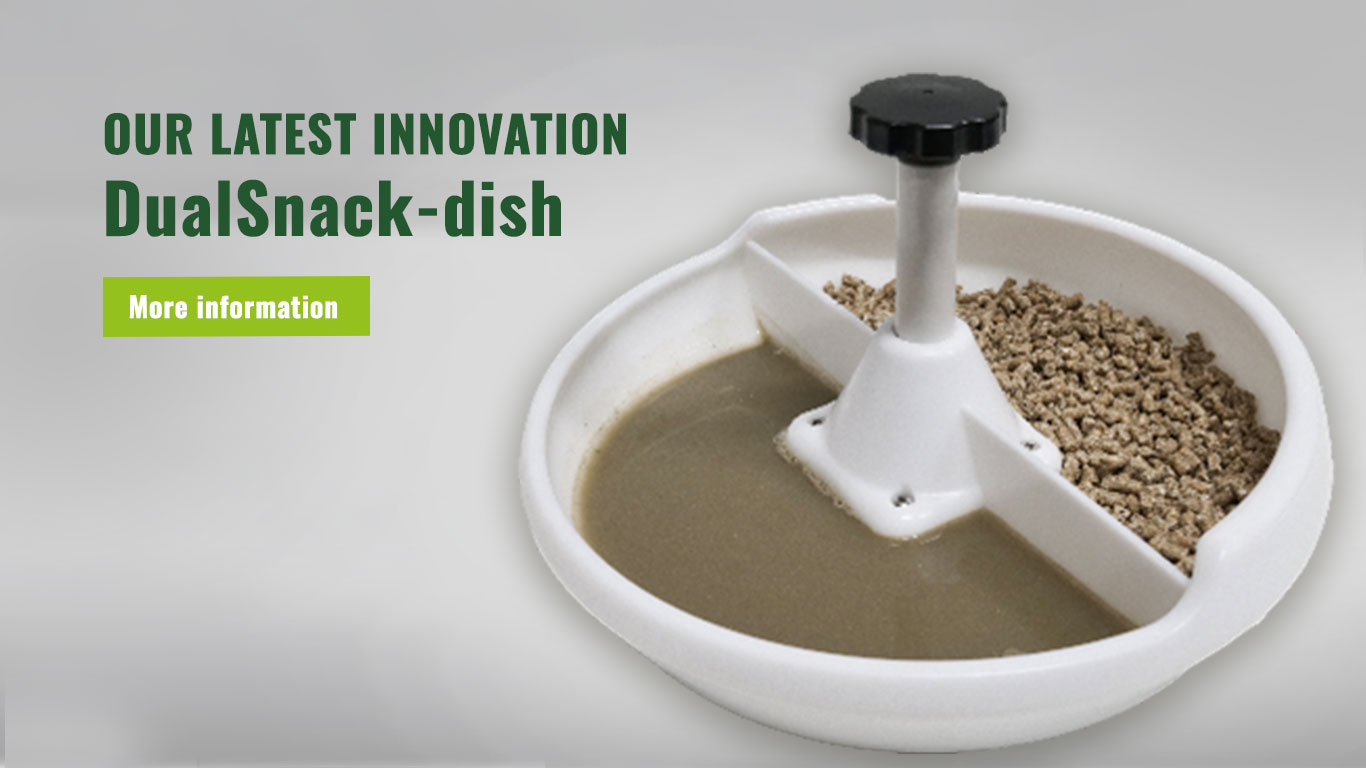What is the seasonal effect on my technical results?

"Is there a seasonal effect on my technical results?" “How big is it?” "Can I fix it?"
Questions that an entrepreneur has to ask him/herself. We have collected the technical data of the best performing farms in Belgium and the Netherlands in order to analyze the seasonal effect.
We picked the best performing farms in order to downgrade as much as possible the influence of farm management". We ended up with the natural flow of the technical results throughout the year on a well performing farm!
1)The farrowing rate

The annual trend of the farrowing rate shows a serious dip in the second half of the year. This means that inseminated sows from July to November are clearly less fertile.
On one hand there is the influence of warm summer temperatures. These have a negative effect on the condition and they decrease the fertility of the sow when it needs to be inseminated. On the other hand, the negative effect of a bad body condition is amplified by the natural decrease in fertility in early autumn. More specifically the period from August to the beginning of October when daylength shortens and temperatures drop.
Prevent this drop in the farrowing rate of your sow herd as much as possible by supporting your sows from June onwards! Do everything in your power to minimize the effect of higher temperatures on your herd.
You can avoid ending up with empty farrowing pens in October by acting on it in July!
2) The number of piglets born alive per litter

There are 2 periods throughout the year where there are fewer piglets born alive. The first small decrease is evident in June and July. Higher temperatures in the farrowing pen put even more stress on the sows during farrowing. This results in a slight increase in stillborn piglets.
The second and larger dip occurs in October and November. Piglets who are born in this period have been conceived in July and August. In July and August, due to heat stress, the sow was in a worse body condition than normal. This results in more piglets with a lower birth weight and ultimately in a lower survival rate.
Obtaining sufficient piglets born alive per litter is related to the quality of the piglets being born. Indirectly it is related to an optimal support of the sow at the moment when she is being inseminated.
3) The number of weaned piglets per litter

Here too the results show two less productive periods. One in June and July and the second from October to November.
Again, this is due to the higher summer temperatures in the farrowing pen. This makes sows less productive and they wean fewer piglets at that specific time. The same sows are then served, having a less than optimal body condition. In October and November, they farrow piglets of lower quality and birth weight. These are less likely to survive.
Conclusion:
Support your sows in the best possible way during the summer. This makes them more productive in the farrowing pen and they will raise better piglets in the next litter! Production will stay high throughout the year.
Take pre-emptive action now and avoid empty farrowing pens with less viable piglets during the fall!

